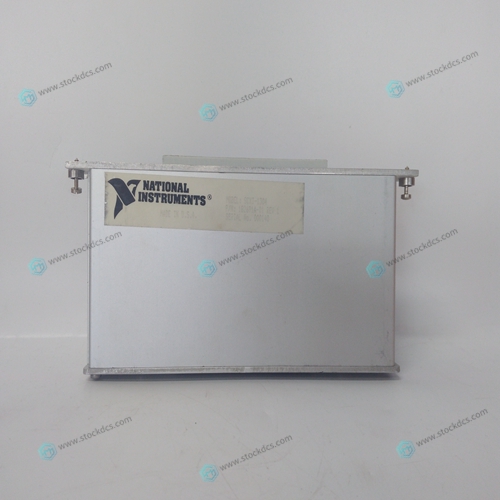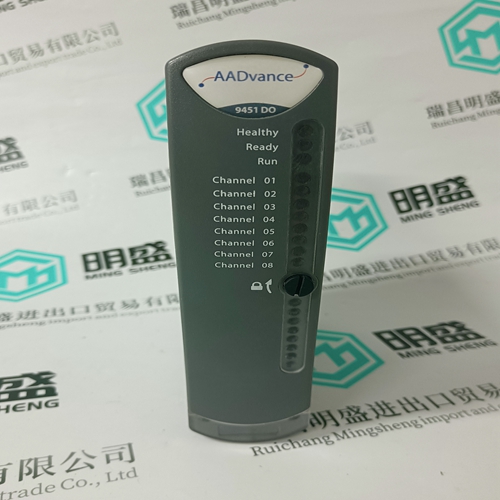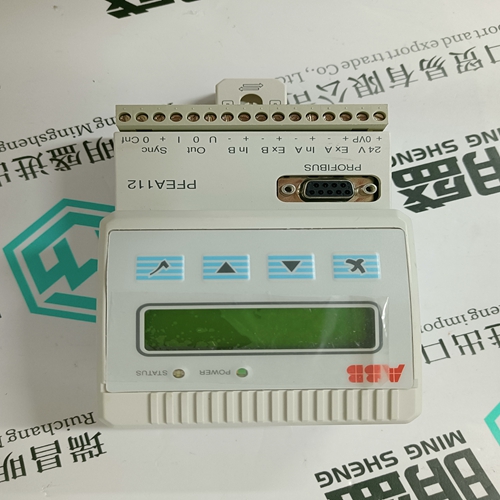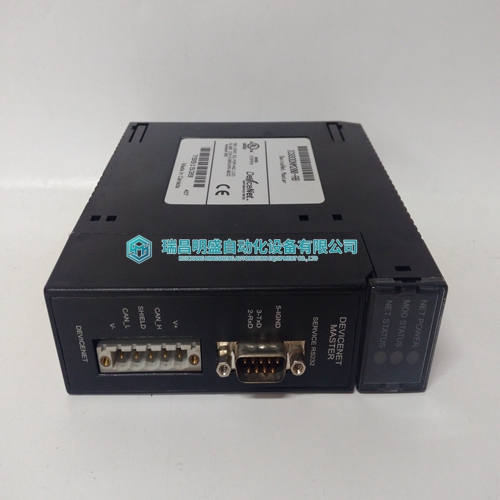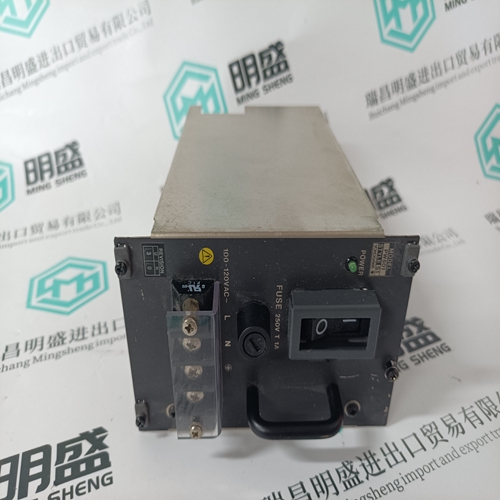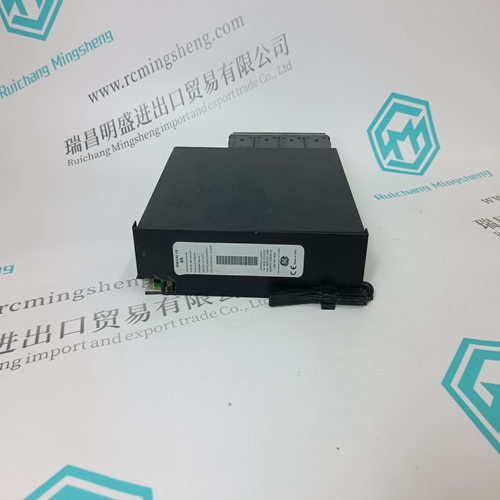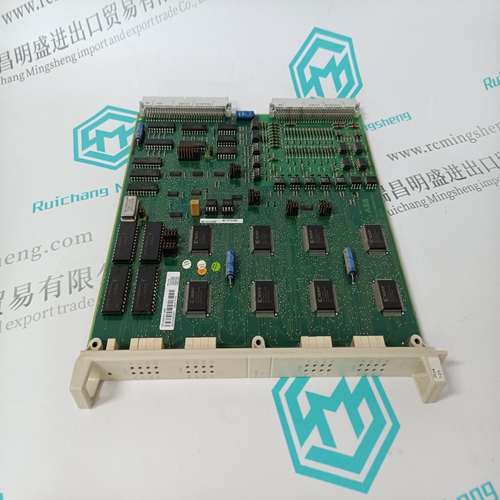Home > Product > PLC programmable module > NI SCXI-1304 Digital I/O module
NI SCXI-1304 Digital I/O module
- Goods status: new/used
- Delivery date: stock
- The quality assurance period: 365 days
- Phone/WhatsApp/WeChat:+86 15270269218
- Email:stodcdcs@gmail.com
- Tags:NI SCXI-1304 Digital I/O module
- Get the latest price:Click to consult
NI SCXI-1141 Low pass filter, input mold piece
where m is the decimal representation of the bits 1-8 (values from 0 to 255) and a,b,c,d represent the extended I/O in consecutive groups of 16 bits. (values from 0 to 65535). Arguments which are given for I/O points which are configured as inputs will be ignored. The following table describes the arguments used to set the state of outputs.This command will set bits 1,2,3 (block 0) to 1. Bits 4 through 8 will be set to 0. All other bits are unaffected. When accessing I/O blocks configured as inputs, use the TIn command. The argument 'n' refers to the block to be read (n=0,2,3,4,5,6). The value returned will be a decimal representation of the corresponding bits. Individual bits can be queried using the @IN[n] function (where n=1 through 8 or 17 through 56). If the following command is issued;
Interfacing to Grayhill or OPTO-22 G4PB24
The DMC-21x2/21x3 controller uses a daughter board DB-28040 which breaks out the extended IO to 1 50-pin IDC connector which are compatible with I/O mounting racks such as Grayhill 70GRCM32- HL and OPTO-22 G4PB24. Block 5 must be configured as inputs and will be grounded by the I/O rack.
The input signal may be applied to I1, for example, and the output signal is chosen as output 1. The motor velocity profile and the related input and output signals are shown in Fig. 7.1. The program starts at a state that we define as #A. Here the controller waits for the input pulse on I1. As soon as the pulse is given, the controller starts the forward motion. Upon completion of the forward move, the controller outputs a pulse for 20 ms and then waits an additional 80 ms before returning to #A for a new cycle.
Example Applications
Wire Cutter An operator activates a start switch. This causes a motor to advance the wire a distance of 10". When the motion stops, the controller generates an output signal which activates the cutter. Allowing 100 ms for the cutting completes the cycle.Suppose that the motor drives the wire by a roller with a 2" diameter. Also assume that the encoder resolution is 1000 lines per revolution. Since the circumference of the roller equals 2π inches, and it corresponds to 4000 quadrature, one inch of travel equals: 4000/2π = 637 count/inch This implies that a distance of 10 inches equals 6370 counts, and a slew speed of 5 inches per second, for example, equals 3185 count/sec.



1.Payment method and delivery
Shipment: EMS,DHL,UPS & FEDEX
Payment: T/T or Western Union
2. About us
We are professional company and we are expert in this business, we have highly experienced production team, or sales team, or purchase team, we have most advanced production line. We are reputable in the market.
